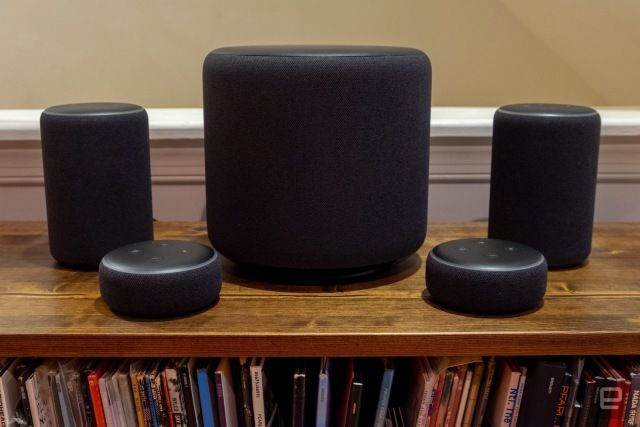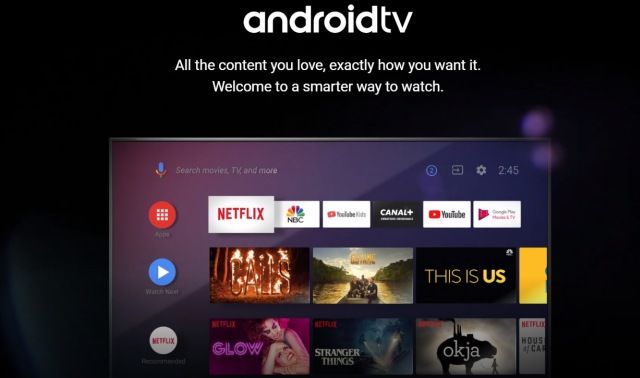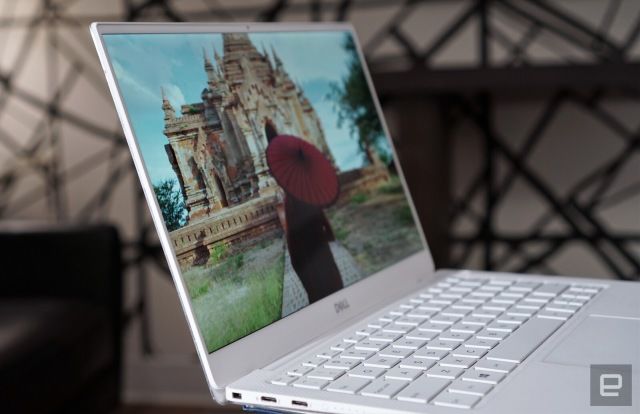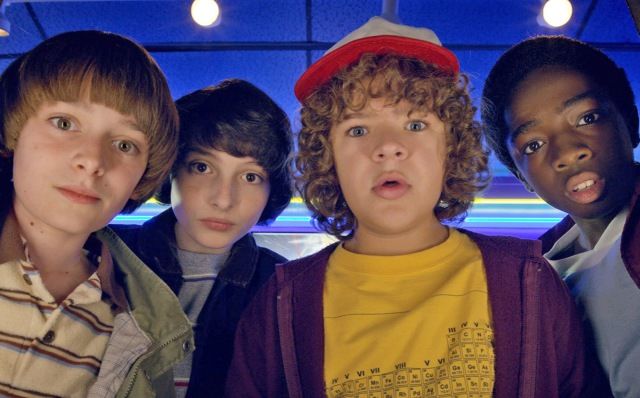It’s unlikely they’ll make a dent against AirPods, but what about the Pixel Buds?Amazon’s earbuds are a shot at Google, not Apple

Incorporating Alexa in a pair of inexpensive wireless earbuds could finally be the ticket Amazon needs to get its assistant on mobile in a more widespread manner.
R.I.P. Inbox.Gmail continues to define email 15 years on

On April 1st, 2004, Google debuted a product that was decidedly not a joke: Gmail. It was a service that revolutionized web mail, so much so that it has become an integral part of our daily lives. Nicole Lee takes a look at where it’s been (remember the invites?) and where it might go, beyond upgrades like scheduled send times for emails.
Not the update owners were looking for.Google surprises Android TV owners with unwanted advertisements

Software updates delivered months or years after a TV is purchased could change the interface for the worse, or add “features” that are really just revenue-generating opportunities. A new Android TV update combines both of those issues by inserting a new row of Sponsored content.
Google said: “Android TV is committed to optimizing and personalizing the entertainment experience at home. As we explore new opportunities to engage the user community, we’re running a pilot program to surface sponsored content on the Android TV home screen.”
You can probably jump higher on your own, but that’s not the point.Get an up-close look at SpaceX’s latest Starhopper test

On Friday night Elon Musk — apparently unbothered by an internal investigation or ongoing wrangling with the SEC — tweeted a two-second clip of the snub-nosed “Starhopper” test vehicle that’s on a short tether with one of the company’s Raptor rocket engines mounted underneath.
Produced in partnership with Point, a YouTube channel for investigative journalism.Burned alive for using a smartphone

Mosul — Iraq’s second-largest city — was a relatively easy acquisition for ISIS. But there was a problem. Most people in Mosul were connected to the internet by their phone’s 3G signal rather than a broadband modem, and those phones could still get reception from the cell towers on the other side of the front line.
The answer was confiscation, and to severely punish anyone who disobeyed.
One of the best Windows PCs gets even better.Dell XPS 13 review: A perfect ultraportable

Dell did it again. Its XPS 13 is still one of the best Windows ultraportables around. The design? Better than ever. The screen supports Dolby Vision HDR and Dell has finally returned the webcam to the proper position. Devindra Hardawar says there aren’t many downsides — unless you’re looking for a bit more gaming oomph.
Here’s the Impossible Whopper, coming to St. Louis.The Impossible Burger is coming to Burger King

If you’re not a fan of White Castle sliders, then how about a Whopper with a plant-based patty? That’s the latest project from Impossible Burger, which is debuting the Impossible Whopper in Missouri. Will it go elsewhere? I hope so.
Would you cancel before ‘Stranger Things’ season three arrives in July?Netflix’s price increases will hit US subscribers in May

The basic plan is rising from $8 to $9, while the standard package (which offers HD streaming on two devices simultaneously) is jumping from $11 to $13. The premium plan, which offers UHD streaming on up to four devices at once, will cost $16 instead of $14.
But wait, there’s more…
The Morning After is a new daily newsletter from Engadget designed to help you fight off FOMO. Who knows what you’ll miss if you don’t Subscribe.
Craving even more? Like us on Facebook or Follow us on Twitter.
Have a suggestion on how we can improve The Morning After? Send us a note.








